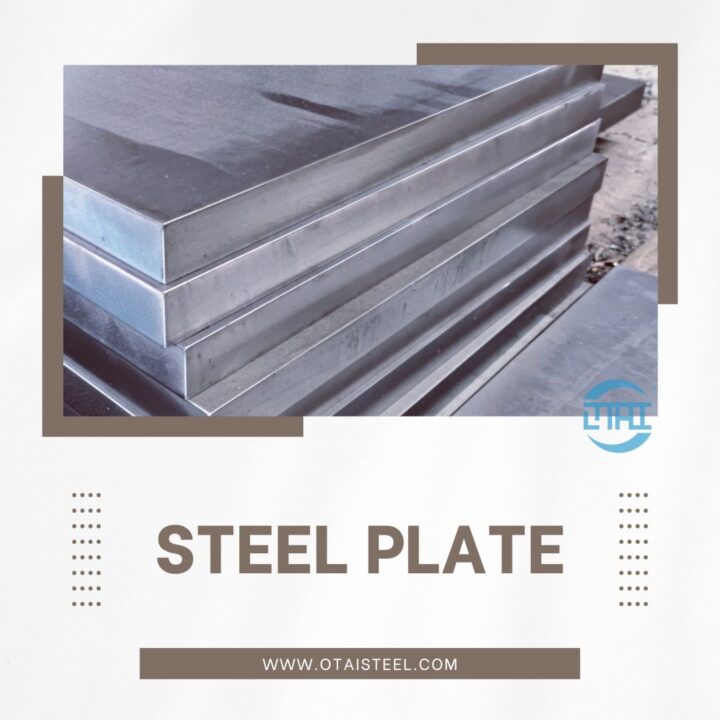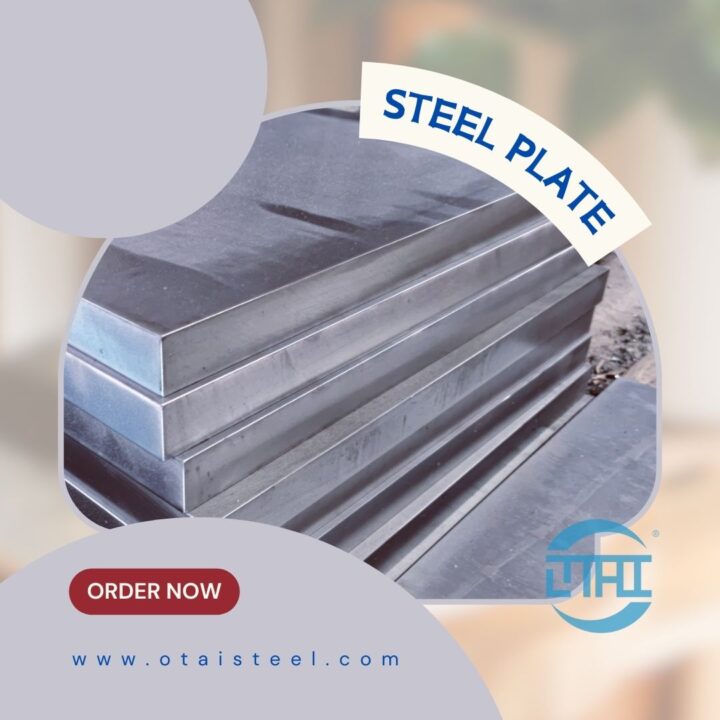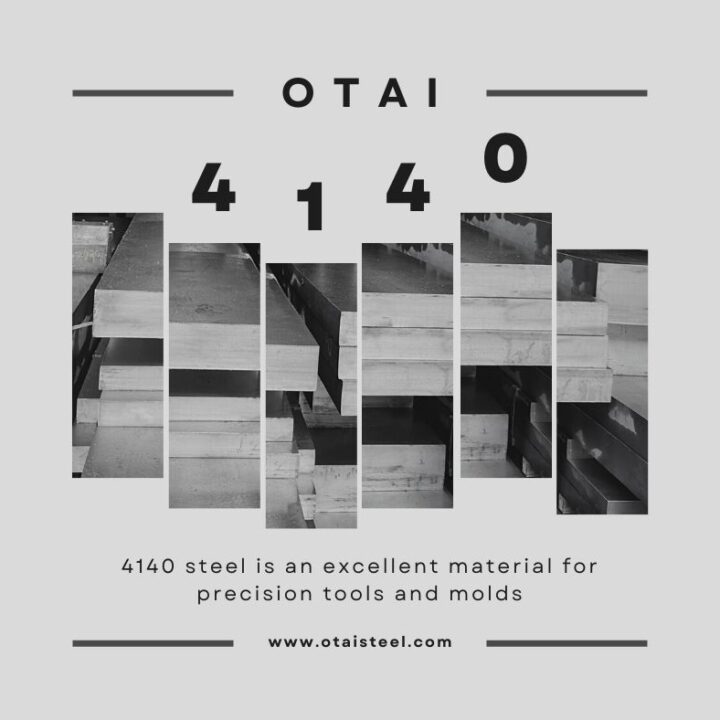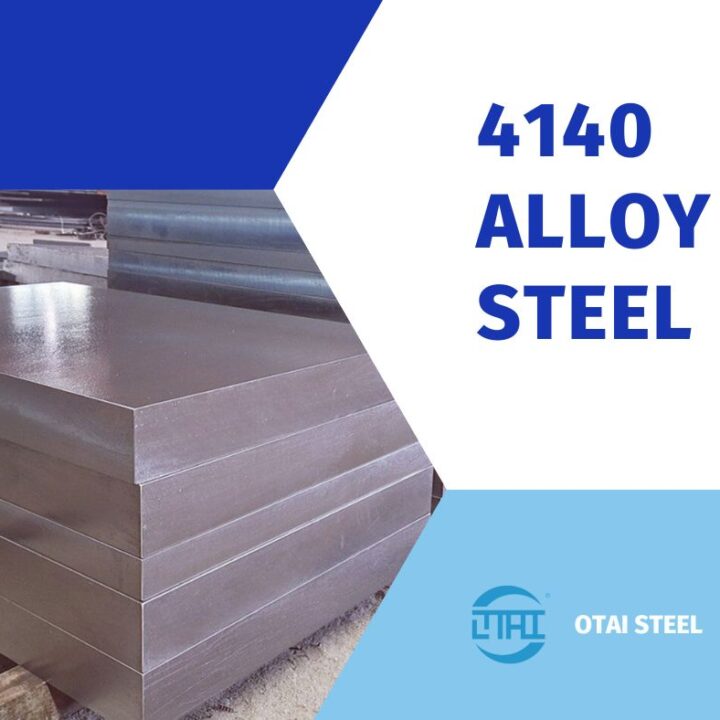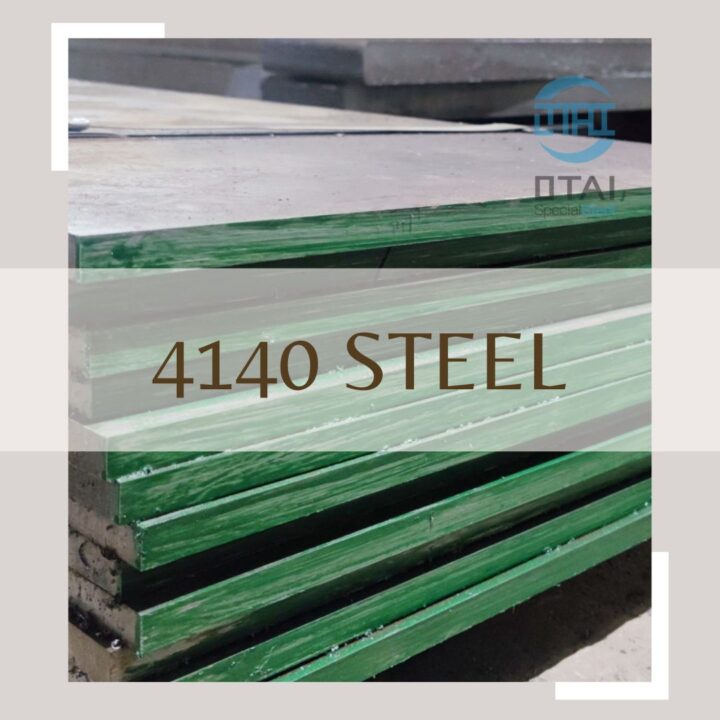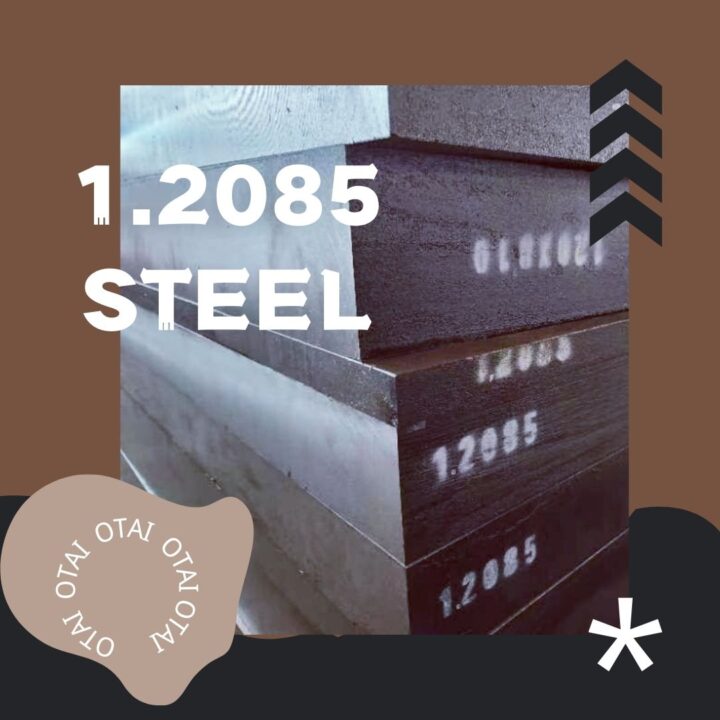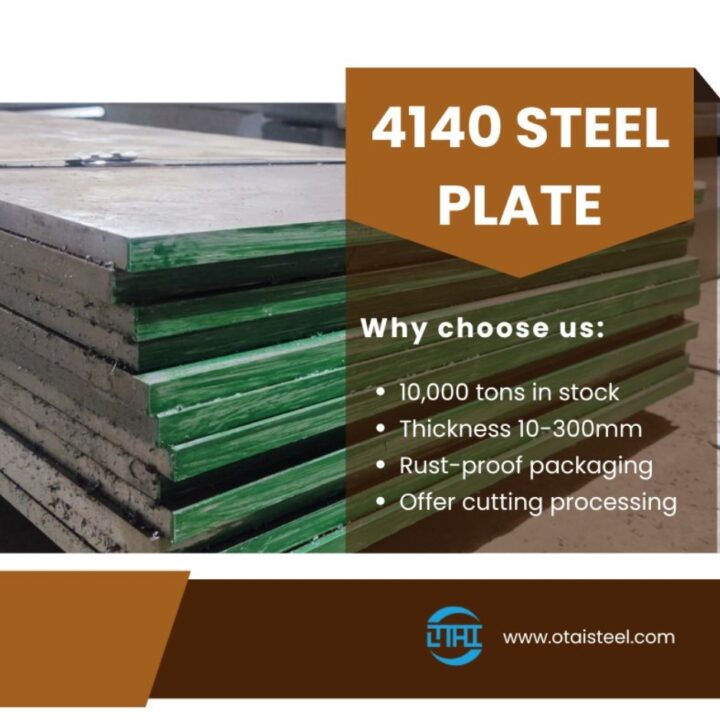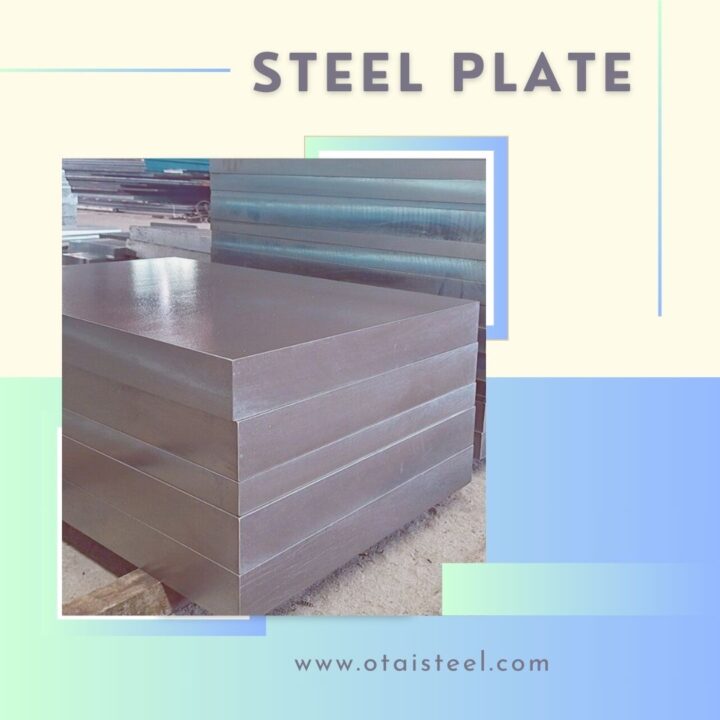Welding 4140 steel requires careful consideration of its specific characteristics and proper welding techniques to ensure successful and reliable weld joints. Here are some welding characteristics and considerations for joining 4140 steel:
Preheating
Preheating the base metal is often recommended when welding 4140 steel. Preheating helps reduce the cooling rate during welding and minimizes the risk of cracking in the heat-affected zone (HAZ). The preheating temperature typically ranges from 300 to 600°C, depending on the thickness of the material and the welding process used.
Welding Processes
Common welding processes used for joining 4140 steel include shielded metal arc welding (SMAW), gas tungsten arc welding (GTAW), gas metal arc welding (GMAW), and flux-cored arc welding (FCAW). The choice of welding process depends on factors such as joint design, and accessibility. And the desired properties of the weld joint.
Filler Metal Selection
The selection of appropriate filler metal is crucial for achieving sound welds in 4140 steel. Filler metals with matching or slightly higher alloy content than the base metal, such as AWS E9018, E7018, or ER80S-D2, are commonly used. These filler metals help maintain the desired strength and toughness in the weld joint.
Post-Weld Heat Treatment (PWHT)
Depending on the application and the welding process used a post-weld heat treatment may be necessary to relieve residual stresses and enhance the properties of the weld joint. Typical PWHT methods include tempering or stress relieving at temperatures ranging from 600 to 700°C, followed by slow cooling.
Joint Design and Preparation
The joint design and preparation play a crucial role in welding 4140 steel. The joint should be properly designed, ensuring adequate access for welding and proper fit-up. It is important to remove any contaminants. Such as oil, grease, or scale, from the joint surfaces to prevent weld defects and maintain good weld quality.
Welding Technique
Employing appropriate welding techniques, such as maintaining a proper arc length, using the correct travel speed, and ensuring sufficient shielding gas coverage. It is important for achieving sound welds. Controlling the heat input and avoiding excessive heat build-up helps prevent potential issues like cracking or distortion.
Successfully welding 4140 steel requires careful planning, adherence to proper procedures, and consideration of the specific welding characteristics and requirements of the material. Following these welding considerations for joining 4140 steel will help ensure strong and reliable weld joints with desired mechanical properties.
